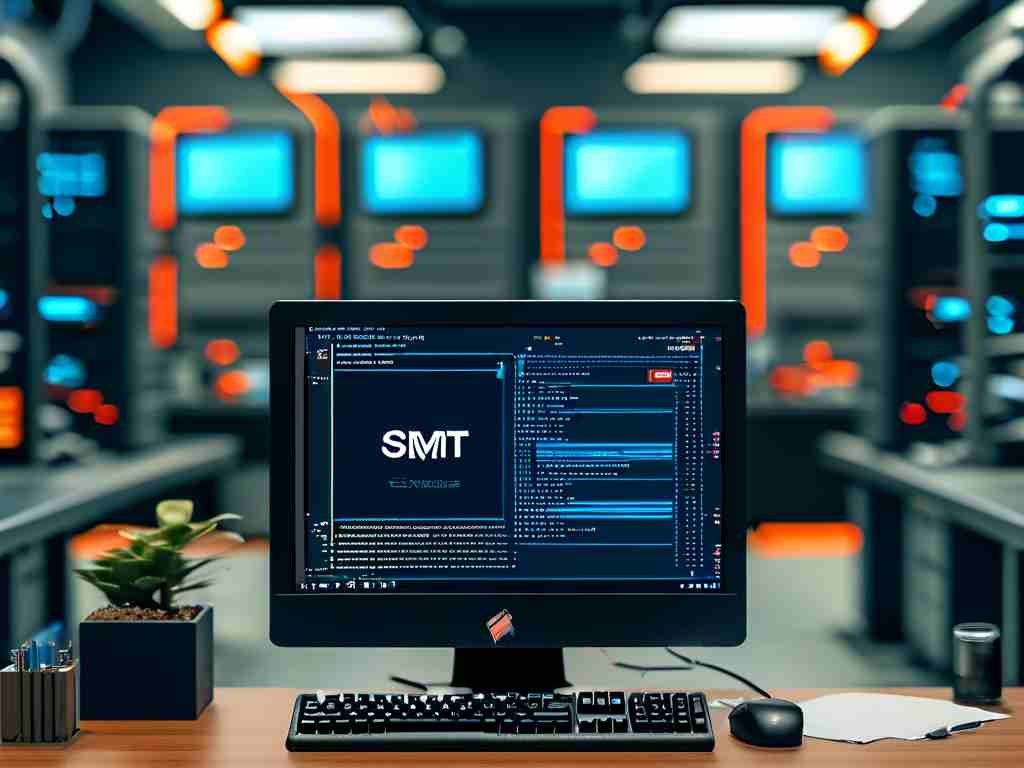In the realm of computer networking, SMTP stands as a cornerstone technology that enables seamless digital communication. Short for Simple Mail Transfer Protocol, SMTP operates as the backbone of email delivery systems worldwide. This article explores its functionality, technical architecture, and real-world applications while addressing common misconceptions.

How SMTP Works
SMTP follows a client-server model where email clients (like Outlook or Gmail) act as senders, and mail servers function as intermediaries. When you hit "send" on an email, your client connects to an SMTP server via port 25 (or 587 for secure connections). The server then verifies sender credentials and routes the message using DNS MX records to identify the recipient's mail server. A typical SMTP transaction involves four commands:
HELOorEHLOto initiate the sessionMAIL FROMspecifying the senderRCPT TOdesignating recipientsDATAtransmitting the email content
This text-based protocol relies on ASCII encoding, which explains why early email systems couldn’t support attachments until Multipurpose Internet Mail Extensions (MIME) standardized binary file encapsulation.
SMTP vs. POP3/IMAP
While SMTP handles outgoing mail, protocols like POP3 (Post Office Protocol) and IMAP (Internet Message Access Protocol) manage incoming messages. POP3 downloads emails to a local device and typically deletes them from the server, whereas IMAP synchronizes messages across multiple devices. This distinction highlights SMTP’s specialized role in message routing rather than storage or retrieval.
Security Considerations
Original SMTP implementations lacked encryption, making them vulnerable to eavesdropping. Modern adaptations like SMTPS (SMTP Secure) and STARTTLS command address this by wrapping the protocol in TLS/SSL encryption. Additionally, mechanisms like SPF (Sender Policy Framework) and DKIM (DomainKeys Identified Mail) combat email spoofing by authenticating sender domains.
Troubleshooting Common Issues
Email delivery failures often trace back to SMTP configuration errors. A "550 Relay Denied" error indicates the server refuses to forward messages from unauthorized users, while "421 Service Not Available" suggests temporary server overload. Administrators use verbose logging and tools like telnet to simulate SMTP handshakes for debugging:
telnet mail.example.com 25
EHLO client.example.org
MAIL FROM:<sender@domain.com>
RCPT TO:<recipient@domain.com>
DATA Evolution and Alternatives
Despite newer protocols like HTTP-based APIs gaining traction for transactional emails, SMTP remains dominant due to its universality. Emerging technologies such as JMAP (JSON Meta Application Protocol) aim to modernize email workflows but still integrate with SMTP for backward compatibility.
In , SMTP’s enduring relevance stems from its simplicity and adaptability. As cyber threats evolve and communication demands grow, understanding this protocol remains essential for IT professionals and developers alike. Future advancements may refine its mechanisms, but SMTP will likely persist as the bedrock of electronic messaging systems.

